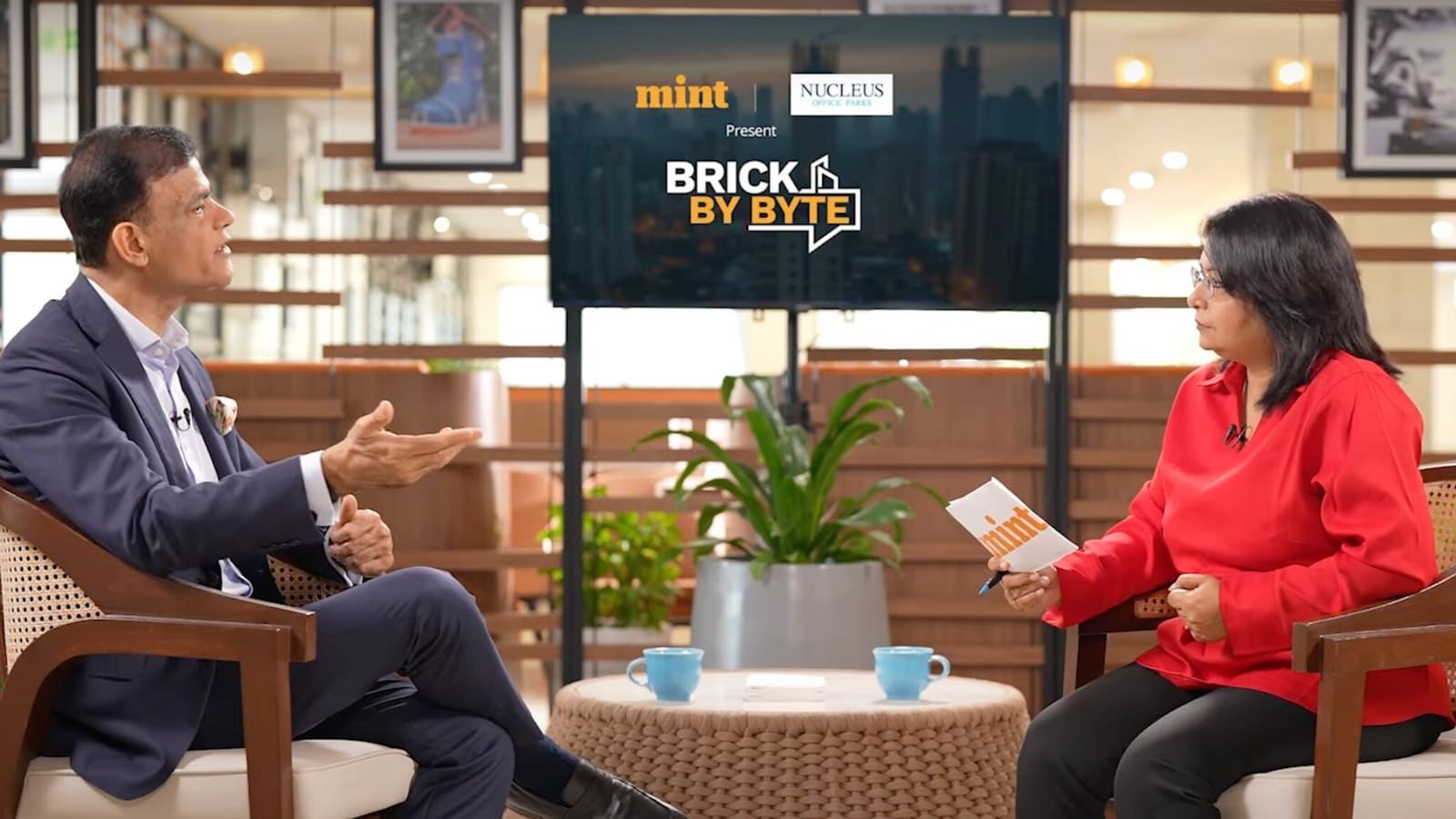Luxury Real Estate: Who’s Buying?
The demand for ultra-luxury properties has seen an unprecedented rise post-pandemic, with properties priced at ₹5 crore and above becoming the preferred choice for high-net-worth individuals (HNIs). According to Puri, this surge is largely driven by wealthy buyers who are either cashing out from stock market gains or seeking independent living spaces after years of joint family living.
“The demand we’re seeing today in Mumbai, NCR (Gurugram), and Bengaluru is something I haven’t witnessed in the last 30 years,” Puri explains. “But outside of these three cities, the luxury market remains sluggish.” Watch the full episode below,
Despite the strong demand, the pace of price increases is expected to stabilise. Over the last four years, luxury property prices have surged by 50-60%, but going forward, they are likely to align with inflation at around 7-8% per annum. Developers are focusing on maintaining steady cash flows rather than leveraging excessive debt, ensuring a more sustainable market.
The PropTech Revolution: Transforming Real Estate
The real estate industry has been one of the last sectors to undergo a digital transformation, but that is now changing rapidly. Anarock has been at the forefront of this revolution, launching various tech-driven solutions such as Apna Complex and Anacity to enhance customer engagement and streamline property management.
“We’re selling 17,000 to 18,000 apartments a year, and without PropTech, that scale wouldn’t be possible,” Puri states. “Technology is now deeply embedded in every stage of real estate, from property discovery and transactions to post-sale management and community engagement.”
Platforms like Apna Complex integrate community management with real-time construction updates, document access, and maintenance tracking—all on a single app.
How PropTech is Reshaping the Sector
PropTech is not only enhancing customer experience but also improving operational efficiency for developers. Some of the most notable areas of impact include:
- Land Acquisition & Title Verification: Many state governments are digitising land records, allowing buyers and developers to verify titles online, significantly reducing transaction complexities.
- Construction Efficiencies: Advanced technology is helping compress project timelines, reduce wastage, and improve quality.
- AI-Driven Buyer Analysis: Developers are leveraging artificial intelligence to analyse customer data, helping them identify high-potential buyers and improve sales conversion rates.
While PropTech adoption among traditional developers has been slower compared to other industries, Puri believes that as more Gen Z professionals enter decision-making roles, technology integration will accelerate over the next 5-10 years.
The Future of Investment: Residential vs. Commercial
For investors looking to enter the real estate market, the choice between residential and commercial properties depends on their financial goals.
- Commercial Real Estate: Offers a stable rental yield of 7-8% annually, with additional capital appreciation of 3-4%, making it an attractive option for those seeking regular income.
- Residential Real Estate: Provides lower rental yields (2-3%) but higher capital appreciation (7-9%) over time, making it suitable for long-term wealth accumulation.
Puri also highlights the growing importance of Real Estate Investment Trusts (REITs) and fractional ownership models, which allow retail investors to participate in high-value commercial assets with relatively smaller investments.
The Rise of Amenities in Real Estate
In both residential and commercial real estate, amenities have become a key differentiator. In the post-pandemic era, homebuyers are prioritising self-contained communities with fitness centres, cafes, co-working spaces, and recreational facilities. Meanwhile, commercial developers are focusing on building engaging office environments to attract top talent.
“Companies want to be the preferred employer, and office spaces with world-class amenities—like sports facilities, wellness centres, and social engagement areas—help in talent retention,” Puri notes.
As a result, older office buildings without modern amenities are seeing rising vacancies, forcing developers to retrofit spaces to remain competitive.
Disclaimer: Mint’s Brick by Byte is an editorial series in partnership with Nucleus Office Parks.
Catch all the Industry News, Banking News and Updates on Live Mint. Download The Mint News App to get Daily Market Updates.
MoreLess
proptech, real estate, technology, anarock, anuj puri, construction
#Anuj #Puri #Reveals #Hidden #Forces #Driving #Indias #Real #Estate #Market
